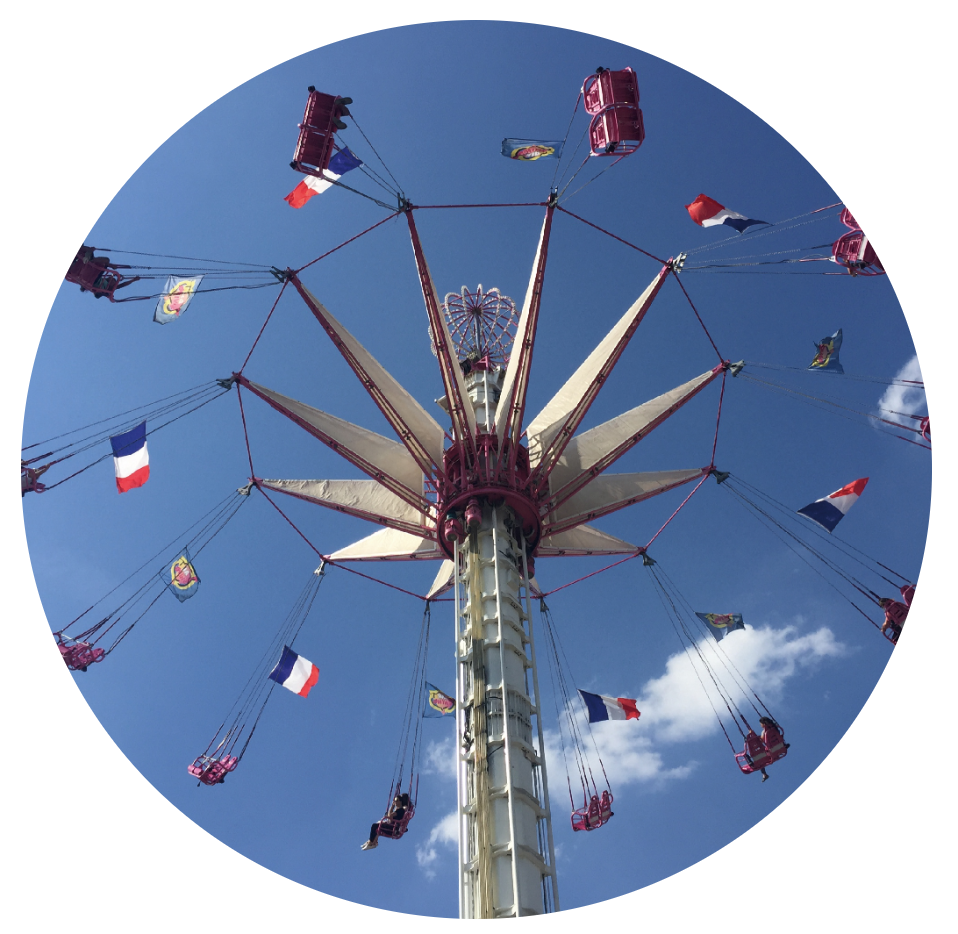




























































布穀鳥:「媽,你怎麼長得跟我不一樣?」
Bird watching: The robin that thinks a cuckoo is its baby
00:16
They say birds of a feather flock together, but what are the chances of a robin and cuckoo sharing a bit of lunch?Well, County Donegal woman Maureen Carr captured the moment a red-breasted bird shared its meal.
00:30
Maureen, from Kilcar, said she first noticed the cuckoo as she was sitting at her table on a Saturday morning."We have a bird feeder, like most people," she said."We noticed the big bird at the bottom of the garden and, at first, we thought it must have been a sparrow hawk, but we realised it wasn't when the wee birds weren't afraid of it."It was then that we noticed the robin kept going back to different spots round the garden and was actually feeding it.
00:59
Maureen took a few photos of the bird and uploaded them to a site where she was able to get guidance and find out it was a cuckoo.She subsequently captured the feeding in action. "The louder the cuckoo got, the more we knew the robin would come back and eventually it did," she said.
01:17
Cuckoos are more common in the Republic of Ireland, but are on a conservation red list in the UK, where there are thought to be just 18,000 pairs, according to the Royal Society for the Protection of Birds (RSPB).
01:31
In their natural environment, they are often heard, but sightings tend to be more infrequent.They are not garden birds and it's more unusual for cuckoos to use a robin's nest - but not unknown, the RSPB said.
01:45
The RSPB said that cuckoos will often lay their eggs in the nest of a bird that is similar to the one that raised them - so there's a chance the mother of the Kilcar cuckoo was also raised by a robin.Anne-Marie McDevitt, of the RSPB, said it was likely the robin thought the cuckoo was one of its own young.
02:03
"Cuckoos nest in heathland, wet grassland and scrub - and need a good supply of big, hairy moth caterpillars," she said."The most commonly cited birds which they parasitise seem to be meadow pipits, dunnocks and reed warblers.”
02:22
She said cuckoos have a "crafty breeding strategy". "Instead of building their own nest, they use the nests of 'host' birds, such as dunnocks and meadow pipits. When a female cuckoo finds a suitable nest, and the hosts aren't looking, she removes one of their own eggs and lays her own egg in its place.
02:43
"The young cuckoo hatches after only 12 days and quickly pushes the hosts' eggs or babies out of the nest. After 19 days it leaves the nest, but the hosts continue to feed it for two more weeks, by which time it has grown much bigger than them.”
03:00
But what of the robin in the County Donegal garden?"I've been leaving wee bits and pieces out for the robin, the poor wee thing was probably starving trying to feed the cuckoo," Maureen said."I think everyone was taking more of an interest on what was going on on their own doorstep during lockdown, it's amazing what you see when you actually look."
Vocabulary
1. Subsequently - When something is subsequent, it happens after something else, so when people say subsequently, they are talking about a result - it is similar to consequently, but with the greater emphasis on the order, rather than the result.
2. Infrequent - Frequency is how often something occurs. Frequent things happen often - and infrequent, rarely.
3. Parasitise - A parasite is an organism which lives off another, it’s host. To parasatise something is to subject it to parasitic behaviour, by infesting or exploiting it.
4. Cited - If something is cited then it is mentioned as a reference to something. Citations are what you find at the end of an academic paper, proving a point.
5. Crafty - If something is crafty, it is tricky, sneaky, devious, tricky - uses tricks and manipulations to cleverly get an advantage.
導讀老師—Oliver von Herder
Oliver老師認為英文是種工具,更是表達文化的媒介。擅於透過情境模擬,引導學生建立自信,並加速中英文轉換的反應力。
本文收錄於英語島English Island 2020年10月號
訂閱雜誌
| 加入Line好友 |  |
 -- 作者:Teachers
-- 作者:Teachers英語島每月精選一條國際消息,請跟著外籍老師念出來,一邊強化記憶力,一邊建立英文語感。

 擔心生理健康,心理卻出問題?
擔心生理健康,心理卻出問題?



